After dinosaurs, some of the most recognizable animals of the ancient world are mammoths. These large creatures were covered with thick fur and had huge curved tusks. They lived in the cold parts of our planet and ate plant foods, for the extraction of which they had to wade through layers of snow. They lived in large herds, because this was the only way they could protect themselves from attacks by predatory animals, and then by people. The main population of mammoths died out about 10 thousand years ago, but some groups on distant islands managed to live longer. We know a lot about mammoths, but who are mastodons? These are also ancient elephants, but they were significantly different from mammoths. Now you will learn to distinguish these amazing creatures.
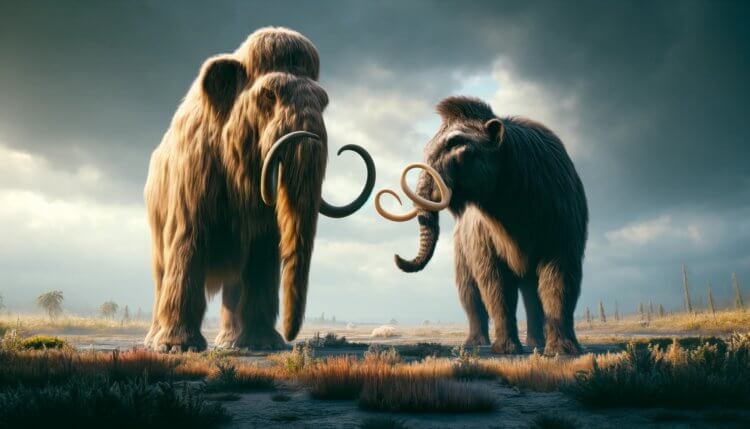
Mammoths and mastodons are relatives, but there is a big difference between them
Contents
- 1 The very first elephants in the world
- 1.1 When mastodons appeared and died out
- 1.2 When mammoths appeared and died out
- 2 What were mammoths and mastodons like
- 3 Where did mammoths and mastodons live
- 4 Who is stronger : mammoth or mastodon
The very first elephants in the world
The authors of the scientific publication IFL Science recently spoke about how mammoths differ from mastodons. According to them, modern elephants, mammoths and mastodons are relatives that belong to the order of proboscis mammals. According to scientific research, the ancestors of elephants and mammoths split about 5 million years ago, while mastodons split even earlier, 25 million years ago.
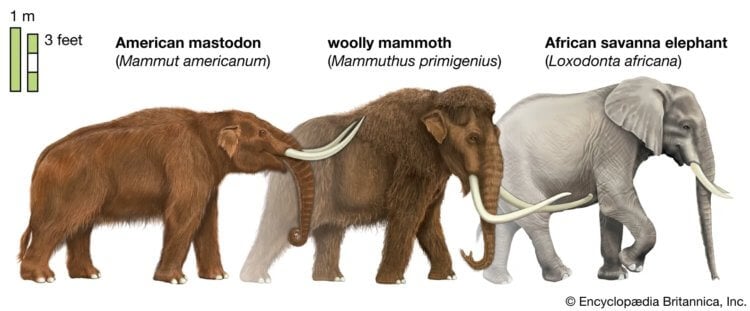
From left to right: mastodon, mammoth and modern elephant. Source: britannica.com
When mastodons appeared and died out
Mastodons predate mammoths and are the oldest elephants in Earth's history. Scientists believe that mastodons arose approximately 20 million years ago during the Early Miocene. It is believed that at that time the climate was warmer and wetter, and most of the planet was covered with dense forests. Mastodons completely disappeared 10 thousand years ago.
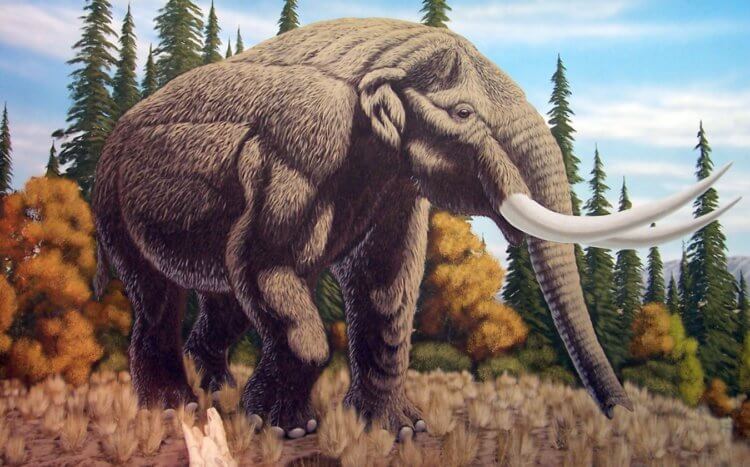
Image of a mastodon. Source: gas-kvas.com
When mammoths appeared and died out
Mammoths, in turn, appeared on Earth much later. Scientists believe that they arose 5 million years ago during the late Miocene period. At that time, the climate remained warm, but changes leading to cooling had already begun to occur. Mammoths had to adapt to new conditions, which is why they grew thick hair. The last mammoths disappeared from the face of the Earth about 4 thousand years ago.
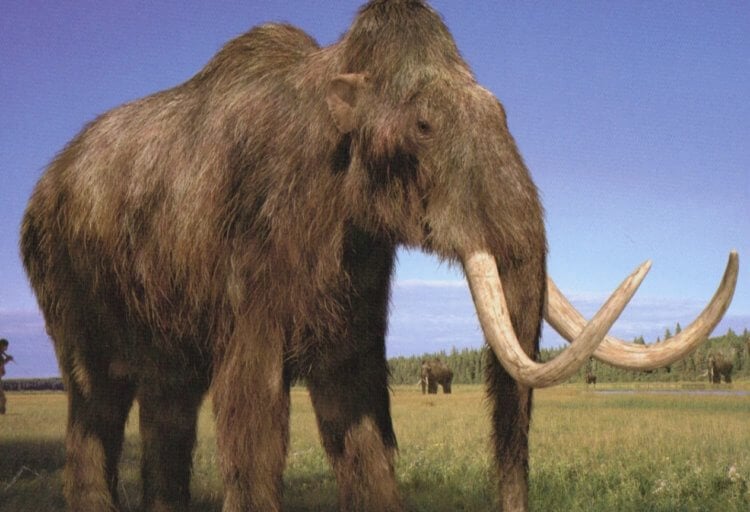
Image of a mammoth. Source: dinohistory.ru
What were mammoths and mastodons like
Mammoths and mastodons lived at different times, so there is a big difference between them. There are distinctive features not only in appearance, but also in lifestyle.
First of all, it is worth mentioning body size. Judging by the findings of paleontologists, mammoths were larger than mastodons. It is known for certain that the height of mammoths could reach 4.5 meters, and body weight – 10 tons. Male mastodons stood about 3 meters tall and weighed about 6 tons. Female mammoths and mastodons have always been smaller than males.
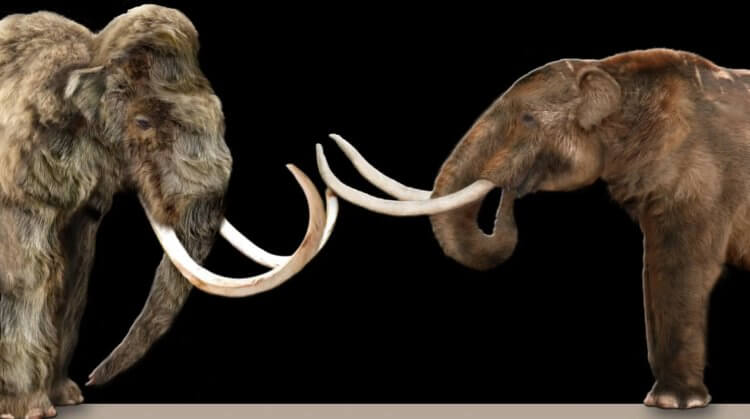
Mammoth on the left, mastodon on the right. Source: mammoth.com.hk
Another distinctive feature of mammoths and mastodons is the size and shape of their tusks. In numerous images, you may have noticed that mammoth tusks are large and rounded – their length could reach 4 meters. Mastodons have noticeably smaller tusks, no more than 2.5 meters, and also have a more straight shape. Both sexes of mammoths had tusks, but in mastodons they grew only in males.
Where did mammoths and mastodons live
Mastodons lived in warm conditions, so they had less hair and lived in forests and swampy areas. To maintain balance, their toes were spread wide. They fed on relatively hard plants, so their teeth were pointed.
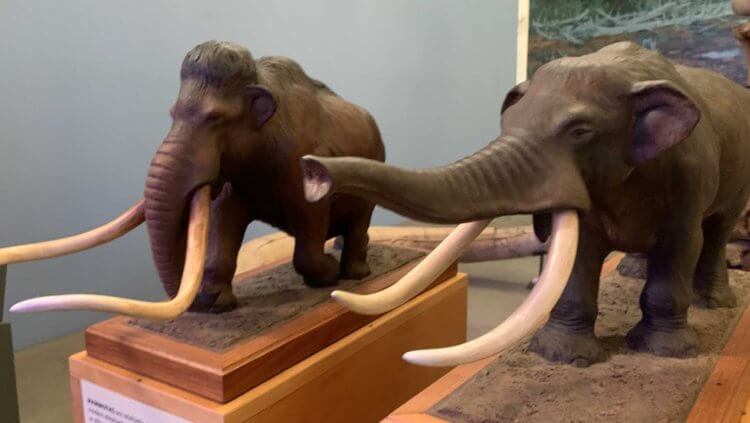
Figures of a mammoth and mastodon. Source: earthathome.org
Mammoths, in turn, lived in cold conditions, in open areas. Because of this, evolution has endowed them with thick fur, which helps retain body heat. They ate soft plants, so their teeth had a flat shape, much like those of modern elephants.
Who is stronger: mammoth or mastodon
If a mammoth faced a mastodon, it would defeat it. Much of this would be due to larger body sizes. In addition, mammoths had more massive tusks, which could also play a decisive role in the battle. Also, mammoths were clearly more resilient because they lived in harsh conditions.
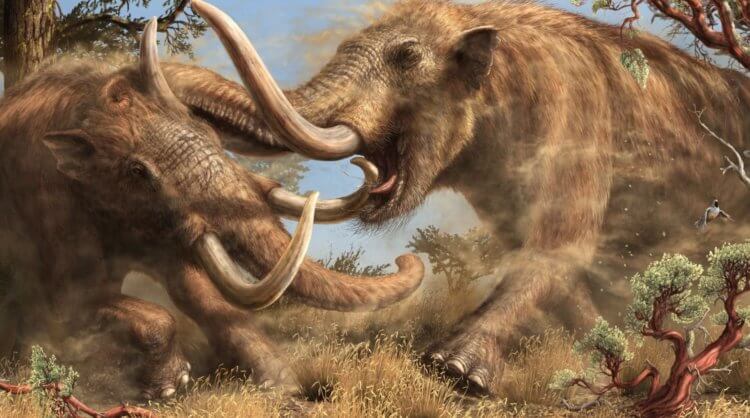
It is believed that mammoths were stronger than mastodons. Source: fishki.net
But if the battle took place in a wooded or swampy area, the mastodon would feel right at home. Thanks to the special shape of his legs, he could quickly dodge blows and inflict wounds just as quickly.
Did you learn something new?If so, check out our Zen channels and Telegram, there are a lot of interesting things there!
Perhaps in the future we will be able to see a living mammoth with our own eyes. The fact is that the company Colossal Biosciences is going to clone ancient elephants as early as 2028.